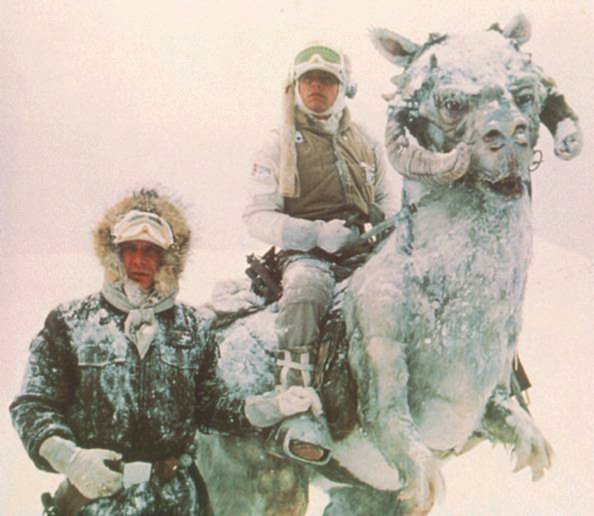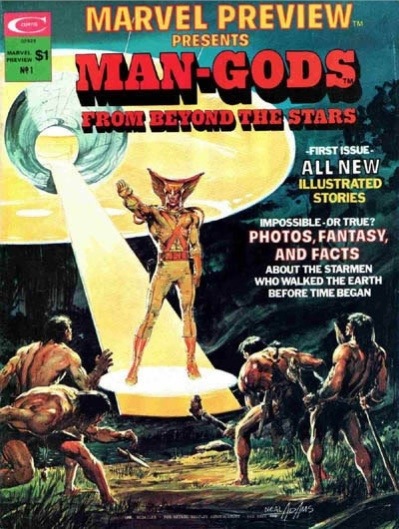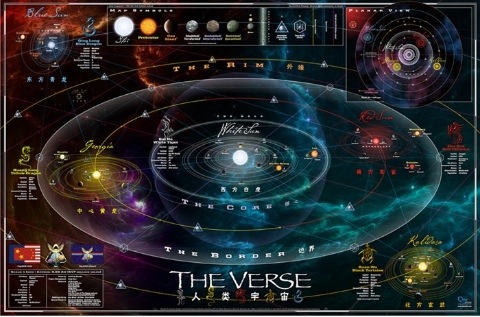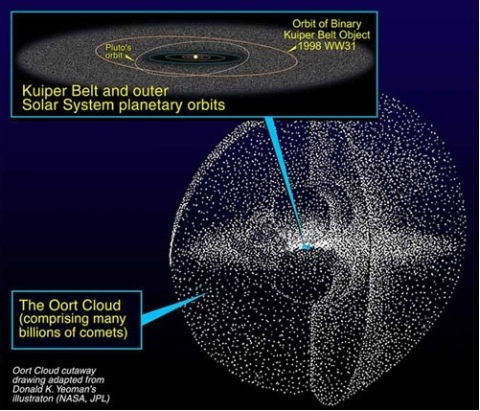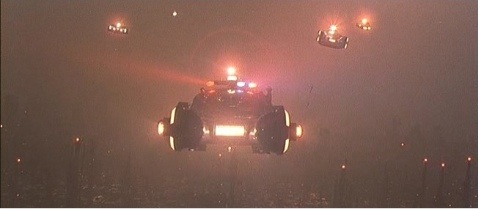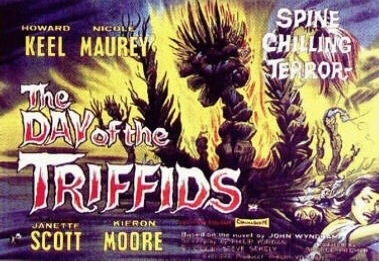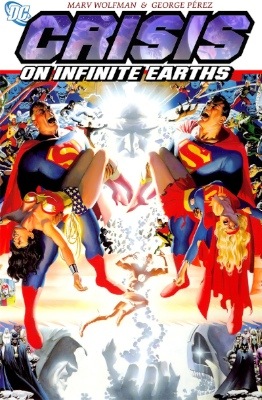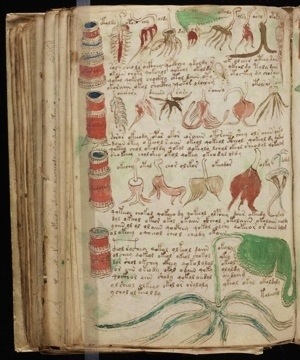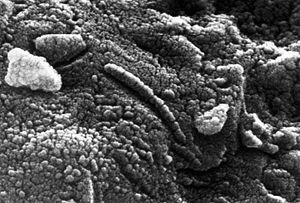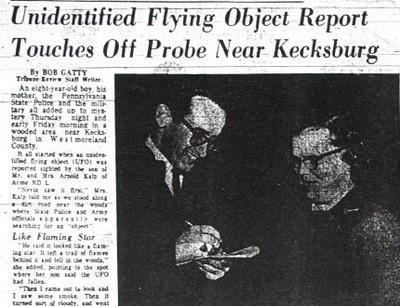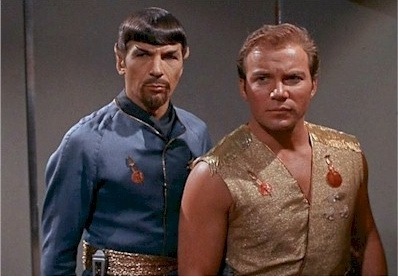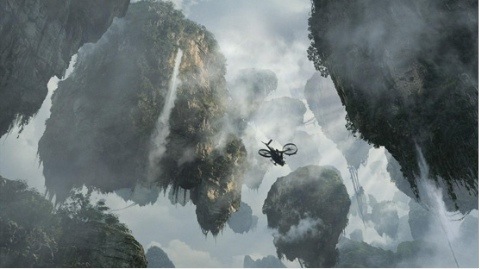 Prolific Weird Things scribe Matt just posted his criticism of Avatar’s bioelectric network premise. Basically he feels that director James Cameron is trying to make it a parable of earth and our resource use – and that it’s an unfair comparison because Pandora has all sorts of nifty features like consciousness uploading that we don’t. I disagree.
Prolific Weird Things scribe Matt just posted his criticism of Avatar’s bioelectric network premise. Basically he feels that director James Cameron is trying to make it a parable of earth and our resource use – and that it’s an unfair comparison because Pandora has all sorts of nifty features like consciousness uploading that we don’t. I disagree.
The bioelectric network Matt takes exception to was just one example that Cameron was using to make a much more important point.
While on the surface Avatar seems to be have a hippy “save the rain forest” tone, it’s a lot deeper than that and has a scientific and ecological world view even a libertarian could agree with.
Resource use is a complicated issue. Cameron was trying to point out that we often don’t see the real value of the things in front of us. And he wasn’t suggesting the value of Pandora was the Na’vi’s religious beliefs – they didn’t seem to have any. A point the movie touched on a little and the accompanying Avatar field guide went into in great detail was all of the scientific knowledge of Pandora. Disease and starvation were problems facing Earth of 2154 and Pandora had solutions for that, but the government enforced monopoly of RDA (the company that runs things on Pandora) had no interest in shaking up the status quo. When the government won’t allow any competition, why change things? They had no interest in curing the problems of Earth using newly discovered Pandora science because as long as Earth was in a crisis the government backed their monopoly.
On present day Earth the difference between poor countries and rich countries has very little to do with natural resources. The countries with the highest GDPs are the ones that export information technologies and have a scientifically literate population. If your wealth comes from just pulling things out of the ground, you’ll eventually run into trouble when you don’t have anything more to pull out of the ground. Making matters worse, because your entire industry is tied up in what’s basically unskilled labor, you never develop schools and training that put you on a forward path.
Pandora, like Earth, is filled with incredible scientific knowledge with practical applications on Earth. The message of the movie was that the RDA was ignoring that because the could only see the value of one resource. Like an American car company or 90’s OS maker, they had no vision of the future other than their own.
The greatest wealth of the 21st century is probably going to come from biotech. Fuel, food, medicine and materials are going to come from us exploiting genes of various life forms on our planet. Scientist-entrepreneurs like Craig Venter are collecting vast databases of all the genetic information on our planet so they can engineer microbes that can turn CO2 into fuel or create new medicines. This is made possible by studying how life on Earth functions and then using what we’ve learned to create new technologies.
The moral of Avatar is that the greatest resource is knowledge – scientific knowledge. If the RDA saw the wealth that was around them besides the mineral they were after they would be even richer and life on Earth would be much better. The best capitalists are the ones that look to the future. Cameron, a physics major, explorer and multi-millionaire knows this and his movie reflects this value.
Immortality, plentiful resources and endless energy could happen in the 21st century – as long as we see the world around us and learn how to use its resources wisely.

